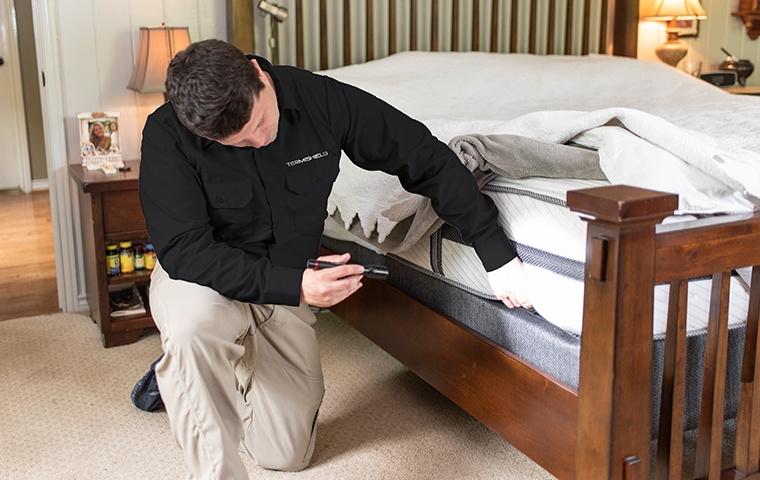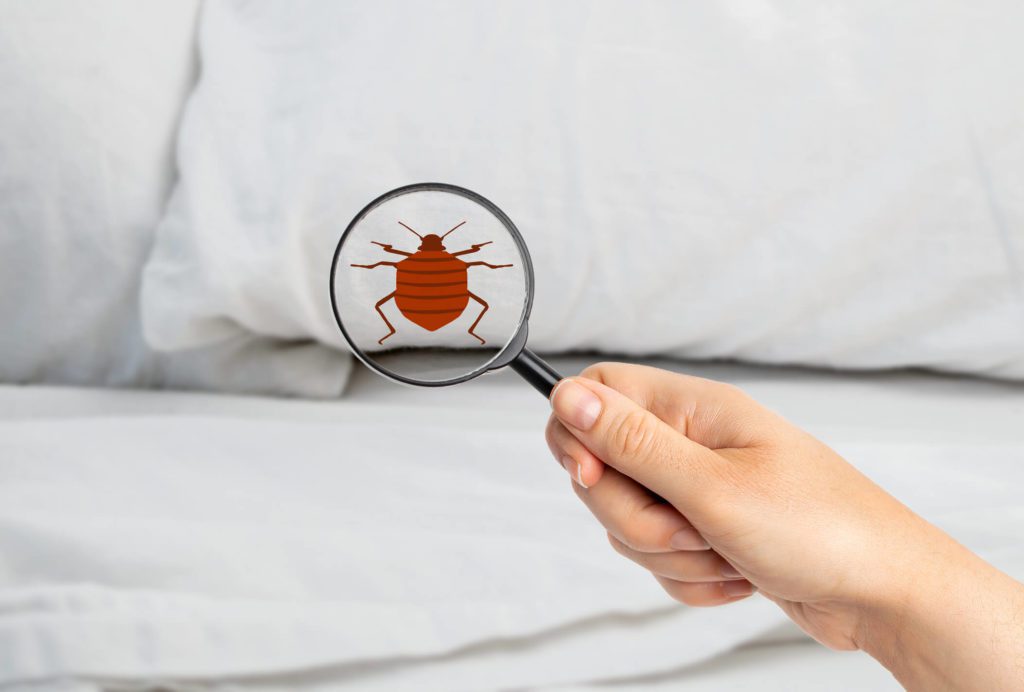Kinds Of Parasite Control: Which Technique Is Right for Your Problem?
When confronted with a parasite infestation, the option of a suitable approach for pest control is critical in efficiently taking care of the situation. From chemical therapies to organic services, there exists an array of techniques that can be used to address different kinds of pests. Each technique features its very own set of considerations and benefits, making the decision-making procedure a nuanced one. Understanding the nuances of each approach and assessing their compatibility with the certain pest infestation at hand is crucial for accomplishing lasting success in parasite monitoring. By discovering the numerous types of pest control methods offered, people can make enlightened choices customized to their unique situations, making sure an extra lasting and reliable end result in pest eradication.
Chemical Parasite Control
Chemical bug control includes making use of synthetic or normally obtained chemicals to manage and eradicate pest populaces successfully. This technique is typically utilized in farming, forestry, and property settings to battle a vast variety of insects, consisting of weeds, rats, and insects. The usage of chemical pesticides can supply quick and targeted options to pest invasions, making it a preferred option for many people and businesses.
One of the vital benefits of chemical bug control is its ability to quickly eliminate parasites, decreasing the risk of damage to plants, property, and human health. By utilizing certain chemicals that target specific insects, this technique can effectively control invasions while lessening harm to useful microorganisms and the environment when used properly.
Nonetheless, the usage of chemical bug control likewise elevates issues concerning potential unfavorable results on non-target species, water resources, and human health. It is vital to follow safety and security guidelines, apply chemicals responsibly, and consider alternative bug control methods to minimize these dangers and guarantee lasting pest monitoring techniques.
Organic Parasite Control
Organic parasite control, additionally referred to as biocontrol, utilizes living organisms to lower and handle parasite populations normally. This approach utilizes the power of nature to control bugs without the demand for artificial chemicals. Biocontrol can entail the intro of natural adversaries of the bug varieties, such as killers, pathogens, or bloodsuckers, to subdue bug populations. By using the insect's all-natural predators or pathogens, organic pest control offers a lasting and eco friendly remedy to pest management.

Mechanical Parasite Control
Using physical and manual techniques to handle insect populations, mechanical pest control offers an alternative strategy that does not rely on making use of living microorganisms or artificial chemicals. This method involves using barriers, catches, or various other gadgets to physically prevent or eliminate pests. By obstructing bug access factors or setting up catches to capture them, mechanical insect control can successfully minimize problems without presenting chemicals right into the atmosphere.
One typical instance of mechanical bug control is the usage of mesh screens on doors and windows to avoid insects from going into structures. This simple yet effective approach serves as a physical obstacle, maintaining bugs out while enabling for correct ventilation. In addition, gadgets like mousetraps, fly swatters, and ultrasonic repellents drop under the mechanical bug control group.
While mechanical bug control approaches can be labor-intensive and need routine surveillance and upkeep, they provide a sustainable and eco-friendly remedy for taking care of bug infestations. By combining different mechanical strategies, homeowner can create an extensive parasite control technique that lessens dependence on chemical pesticides.
Physical Bug Control

Some usual physical bug control methods include the usage of barriers such as arrow pest control webs or screens to avoid pest entrance, traps to catch and get rid of insects, and hand-picking to literally eliminate insects from plants or Get the facts structures. Furthermore, techniques like warm treatments can be used to control bugs like bed bugs by raising the temperature to degrees that are lethal to the bugs.
Physical insect control is especially helpful in integrated insect management (IPM) strategies, where multiple parasite control approaches are incorporated for efficient insect administration while reducing making use of chemicals. By utilizing physical parasite control strategies, individuals can efficiently address pest problems with very little environmental impact.
Integrated Parasite Administration
When executing physical pest control approaches as component of pest monitoring methods, Integrated Insect Management (IPM) arises as a detailed approach that leverages numerous methods to effectively regulate pest populations. IPM concentrates on long-lasting avoidance of insects with a mix of organic, social, physical, and chemical devices tailored to specific bug issues. By incorporating multiple control methods, IPM aims to minimize the dangers associated with bugs while also minimizing reliance on chemical options.
One key facet of IPM is the emphasis on surveillance and evaluating pest populaces to determine one of the most appropriate control techniques. This aggressive method permits early intervention and targeted approaches, resulting in a lot more efficient insect monitoring. Additionally, IPM promotes ecologically pleasant practices by prioritizing non-chemical control approaches and just using pesticides as a last hope.
Verdict

By using the parasite's natural killers or microorganisms, organic insect control supplies a ecologically pleasant and sustainable solution to pest administration. - Kings cincinnati pest control companies
Using hands-on and physical approaches to manage bug populaces, mechanical insect control uses an alternative method that does not depend on the usage of living organisms or synthetic chemicals.A look at these guys reliable strategy to taking care of parasite populations without depending on chemical or biological approaches involves the usage of physical insect control techniques.When carrying out physical pest control methods as part of pest monitoring approaches, Integrated Insect Management (IPM) emerges as a detailed strategy that leverages various strategies to properly manage pest populations. Chemical parasite control includes the usage of chemicals, organic bug control uses natural predators, mechanical insect control entails physical obstacles, physical pest control includes trapping or getting rid of bugs, and integrated bug monitoring incorporates several techniques for a holistic strategy to pest control.